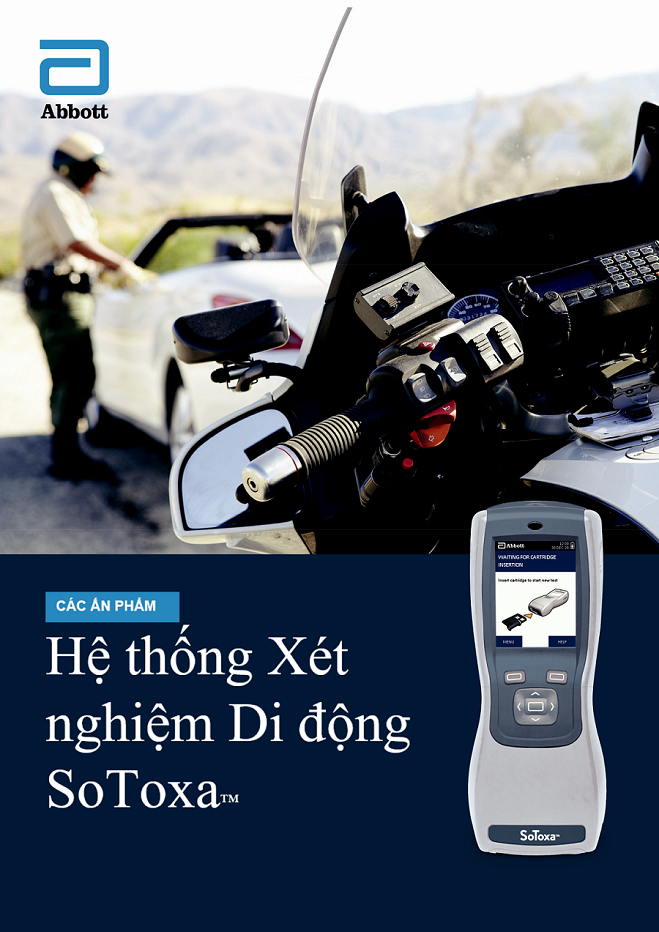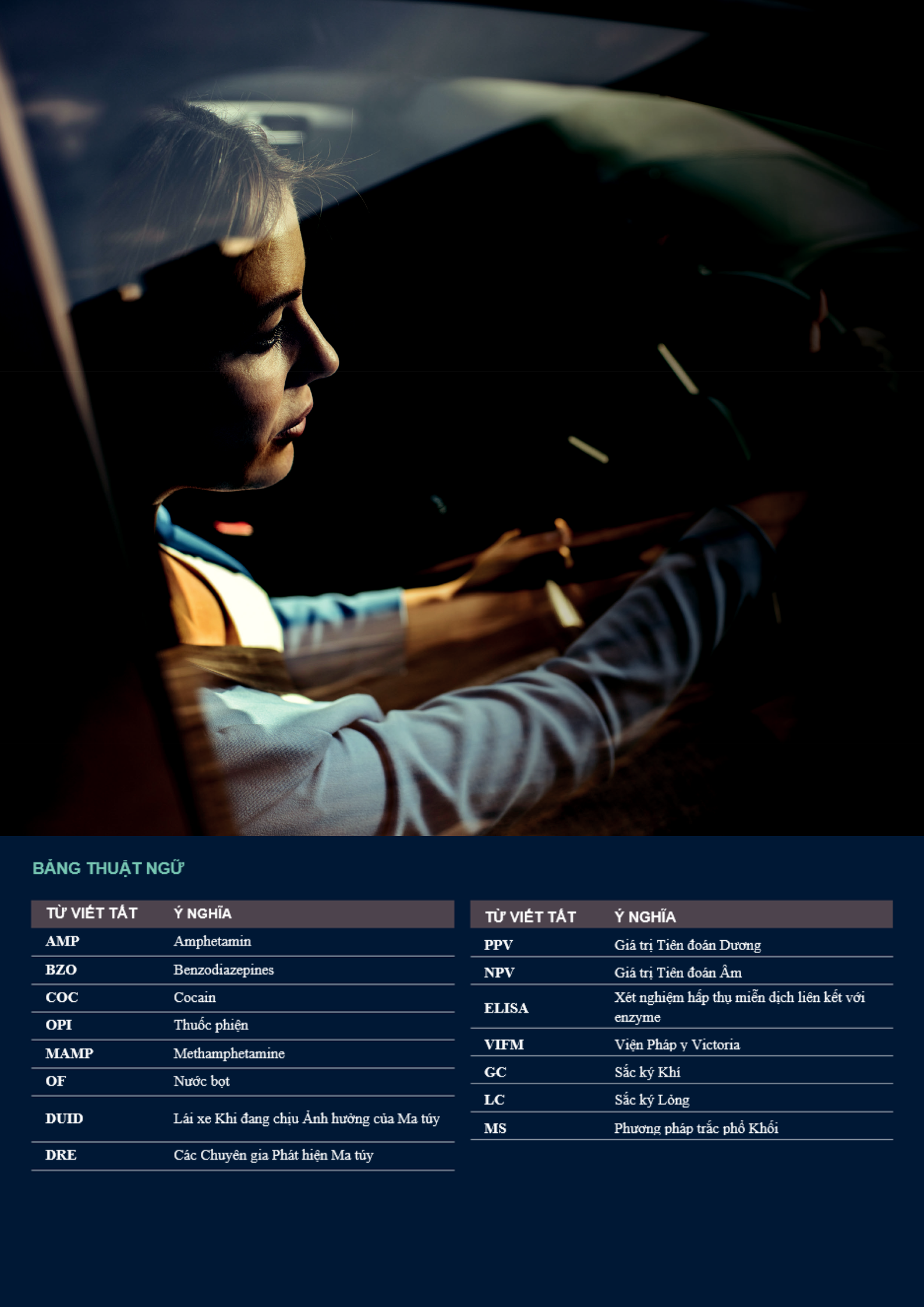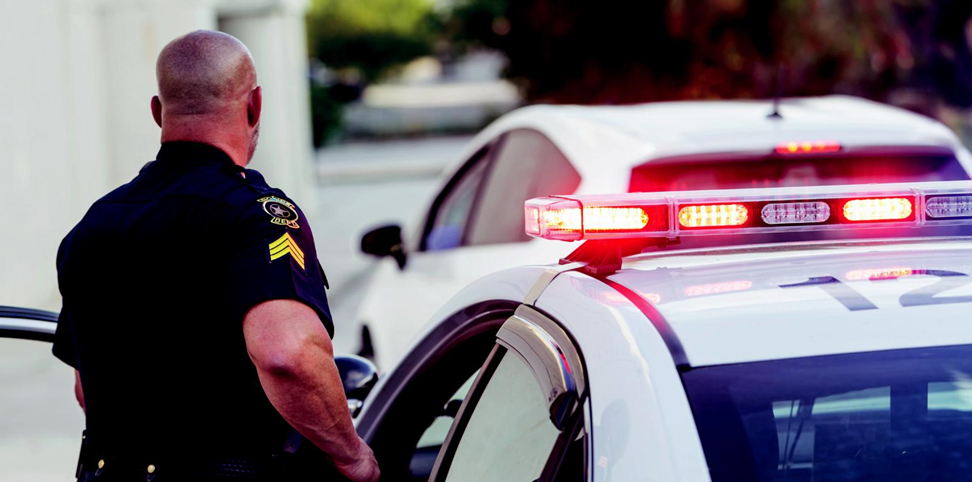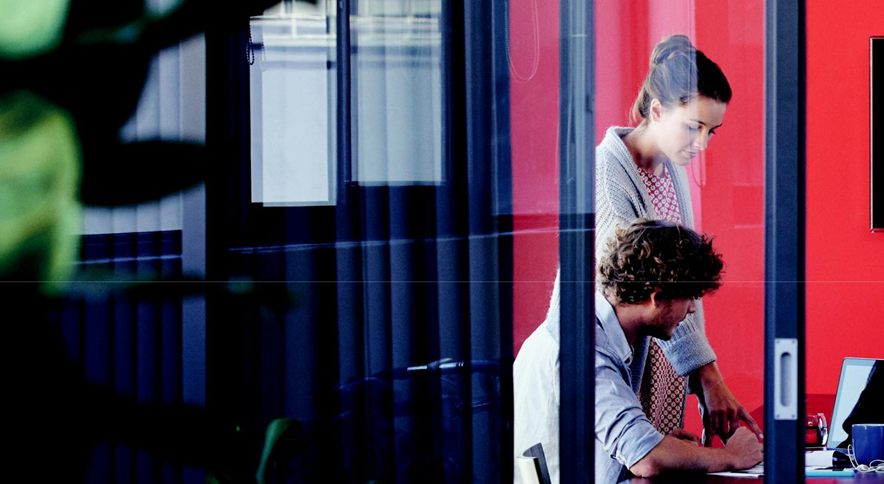Evaluation of saliva drug screening devices
OVERVIEW:
- As of 2008, Canadian police have the authority to conduct mandatory on-site sobriety checks, have DRE assess individuals, and request blood samples from drivers.
- However, the limited operating hours of the DRE and the lengthy delays during the inspection resulted in the need for a screening device in place for roadside use.
- Therefore, the authors of this study evaluated the performance of three of the most popular screen-based drug testing devices on the market. These devices include the DDS®2 Portable Testing System (now known as the SoToxa™ Mobile Testing System), the Draeger Drug Test 5000 and the Securetec Drug Wipe 500.
- In this study, saliva samples were collected according to the manufacturer's instructions. A second saliva sample was collected after each screening test using the Saliva Collection Device. Samples collected using Quantisal™ were sent to a laboratory for independent confirmatory analysis.
Evaluation of saliva as a test sample to detect drug driving:
- As marijuana has become legal in some US states, the number of drivers under the influence of drugs has increased.
- This study begins to evaluate the effectiveness of using saliva as a sampler to detect drug use in cases of DUID.
- Drivers suspected of driving while under the influence of drugs or alcohol were stopped by police. In conjunction with the DRE examination, saliva samples were also collected using the DDS®2 Mobile Testing System (now known as the SoToxa™ Mobile Testing System), and screened for detection of six drugs (AMP, MAMP, OPI, THC, BZO, COC).
- Additionally, a second saliva sample collected using the Quantisal™ Saliva Collection System was sent to the laboratory for confirmation.
- Results from the DDS®2 system were compared with laboratory screening using ELISA and confirmed by LC-MS-MS. Sensitivity, specificity, PPV, NPV and accuracy were calculated.




